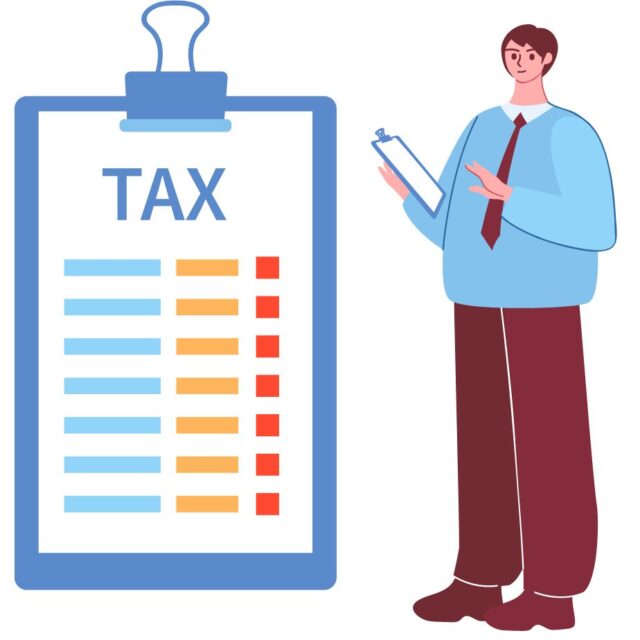
Which tax form do you use? If you’re like most small business owners, you might not even know the answer to that question. Schedule F and Schedule C are two of the most common tax forms used by small businesses, but what’s the difference between them? In this blog post, we’ll break down the differences between Schedule F and Schedule C so that you can make an informed decision about which one is right for you.
What is Schedule F and what is Schedule C
Schedule F is a schedule of tax form 1040 used by sole proprietorships to report their business income and expenses. Schedule C is a schedule of tax form 1040 used by individuals who are in business for themselves, such as consultants, freelancers, and contractors.
The main difference between the two schedules is that Schedule C is used to calculate an individual’s net profit or loss from their business, while Schedule F is used to report a farm’s net profit or loss. Both schedules require the filer to provide information on their business revenue and expenses, as well as any allowable deductions. When completed, Schedule C is attached to Form 1040, while Schedule F is filed separately.
How do you know which schedule to use
When you’re ready to file your taxes, one of the first things you need to do is decide which IRS Schedule to use. The two most common options are Schedule C and Schedule F. Schedule C is used by sole proprietorships and small businesses to report income and expenses. Schedule F is used by farmers and ranchers to report their farming income and expenses.
If you’re not sure which schedule to use, there are a few things you can consider. First, think about whether you’re running a business or farming operation. If you’re running a business, you’ll likely need to use Schedule C. If you’re farming, you’ll need to use Schedule F. Secondly, consider the size of your operation. If you’re a small operation with less than $5,000 in annual revenue, Schedule C is probably the best option. Finally, think about whether you have any employees. If you have employees, you must use Schedule C. With all of these factors in mind, you should be able to determine which IRS Schedule is right for you.
What are the benefits of using Schedule F
Schedule F is a form that is used by sole proprietorships and partnerships to report their business income and expenses. The form is used to calculate the business’s net profit or loss for the year. Schedule F can be used to claim business expenses, such as travel, office supplies, and advertising. The form can also be used to report income from the sale of products or services. Schedule F is an important tool for businesses because it helps to track and document their income and expenses. By using Schedule F, businesses can keep better track of their finances and ensure that they are making a profit. Additionally, businesses can use Schedule F to prepare their taxes more accurately.
What are the benefits of using Schedule C
There are several advantages to using a Schedule C. One advantage is that it allows you to deduct certain expenses related to your business, such as advertising, travel, and office supplies. This can help lower your overall tax liability. Additionally, by reporting your business income on a Schedule C, you may be eligible for certain tax breaks, such as the home office deduction.
Overall, a Schedule C can be a helpful tool for small business owners. It can lower your tax bill and help you take advantage of certain tax deductions. If you have questions about whether or not you should use a Schedule C, you should speak with an accountant or tax professional.
How do you file your taxes if you use Schedule F or C
If you are a sole proprietor or independent contractor and use Schedule F or C to report your income on your tax return, you will need to file a Form 1040 with your return. On the form, you will enter your name, address, and Social Security number. You will also need to attach your Schedule F or C to the form.
When filling out the form, you will report your total income from all sources on line 1. This includes your business income as well as any other income, such as interest or dividends. You will then deduct any business expenses on lines 2 through 6. These expenses can include things like advertising, office supplies, and travel expenses. Finally, you will calculate your tax liability on lines 7 through 9 and enter the amount owed on line 10. If you have any questions about how to file your taxes, you should consult a tax advisor or the IRS website.


































